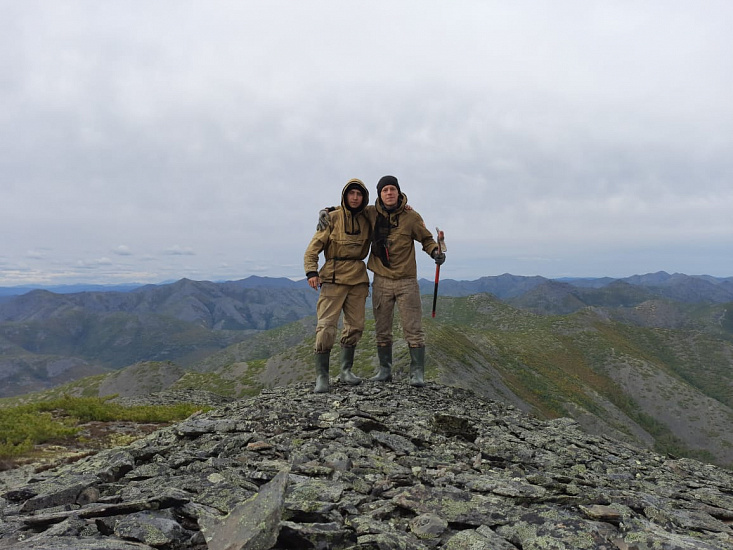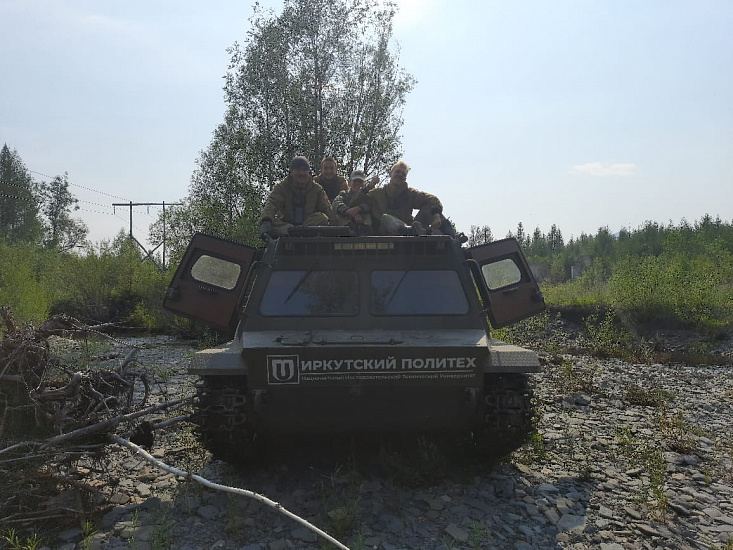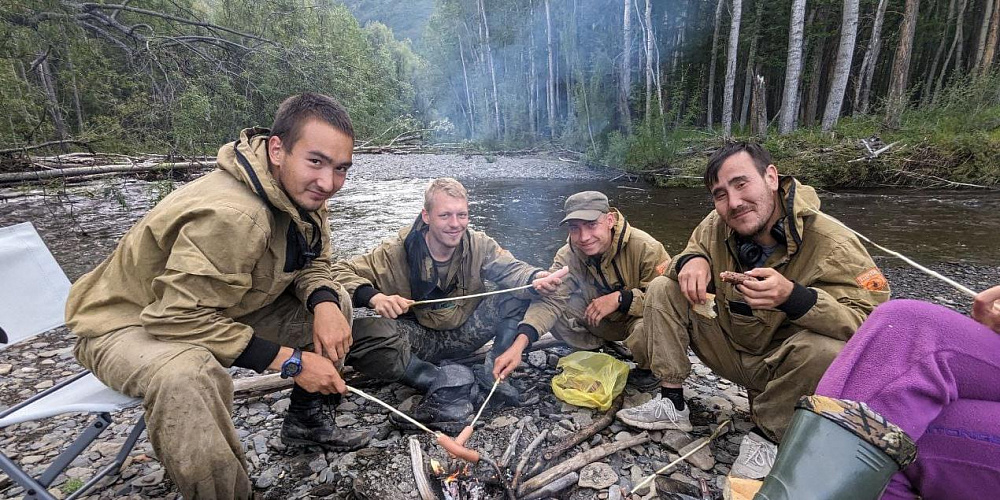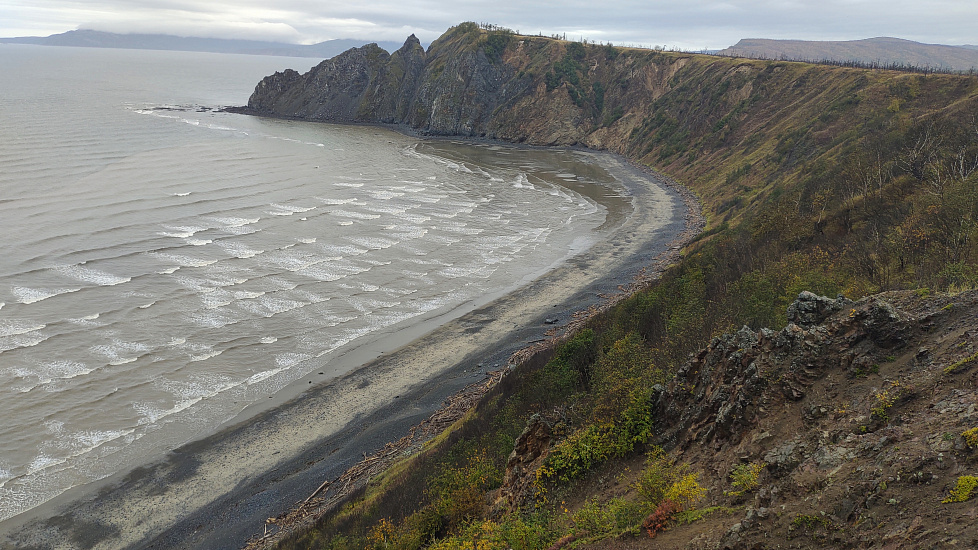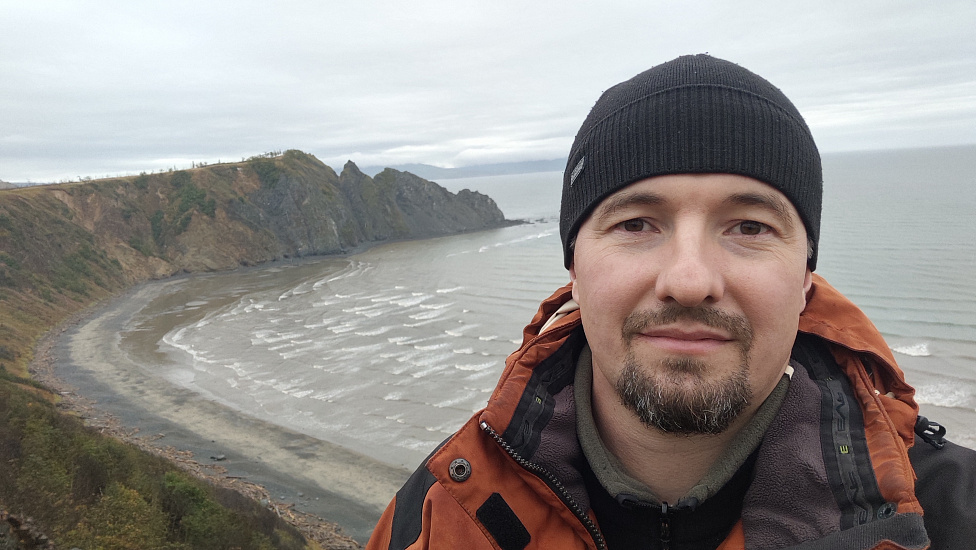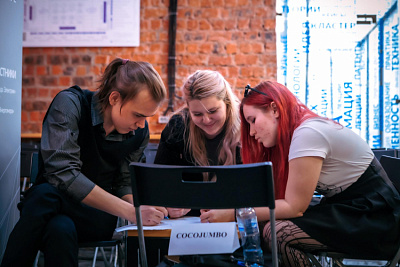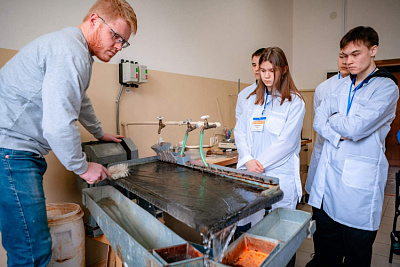SSG Teams of IRNITU Successfully Carried Out Geological, Geochemical and Geoecological Research by Order of Polyus
Field units of the Siberian School of Geosciences (SSG) performed the large-scale geological, geochemical and geoecological research in the Magadan region. At the request of Polyus Company INRTU researchers carried out prospecting to determine gold mineralization potentials using geological and geochemical sampling methods at one of the sites of the customer, and also assessed the background state of the environment by soil, water and ground sampling.
In summer 2023 the school team conducted fieldwork in various parts of Siberia and the Far East. SSG received orders fr om leading players in the subsoil use market. One of these partners was Polyus, the largest gold mining company in the Russian Federation. The management of the enterprise instructed the university to implement two projects in the Magadan region. The first project involved geological and geochemical prospecting works to discover potential areas of gold mineralization. The second project is aimed at conducting geo-ecological research to assess the background state of the environment in order to determine the geochemical features of the territory, which the company will need before commencing exploration and production activities.
Over 50 INRTU students went to field operations, including 30 students from various schools and members of the Student Detachment Headquarters. The future geologists, miners, builders and the students of the School of High Technologies were assigned as miners. The kids went on geological, geochemical and geo-ecological routes wh ere they took samples of snow, water, soil, needles, moss, rocks, bottom and loose sediments. The participants also were to measure natural radiation. The area of geo-ecological works was over 300 square kilometers.
The result was hundreds of kilometers of geological routs covered and thousands of geochemical samples of loose sediments taken. Now, all that remains is to wait for the analysis findings and to issue the final report with conclusions about the prospects of the study area.
According to Anton Blinov, head of the field geochemical team, the Magadan project has become the biggest challenge not only for the students, but also for himself, over the past 10 years.
"Difficulties followed us from the very beginning to the end of the work. These included 20-kilometre routes due to the AATV breakdown, impassable thickets of dwarf pines, steep elevations and severe weather conditions. Within the past month there has not been a single day without precipitation, and at the end of the work it snowed. The guys who participated in the project are great fellows, they showed resilience and character. If any of the kids decide to participate in future field work, it means that this brave man has chosen the right specialty for himself".Konstantin Abornev, Executive Director of the Siberian School of Geosciences of INRTU, helped the students adapt to working in the harsh taiga conditions.
He dealt with the current issues of the detachment and motivated the youth to work. In his opinion, participation in field work is a challenge, a serious test of strength, an opportunity to prove oneself, to reveal the inner potential, to see and experience wildlife in hard-to-reach parts of the country, and also to earn good money.
Another representative of the Siberian School of Geosciences, Assistant Scientific Director Nadezhda Bigma, took part in the work in Kolyma. During the expedition she was assigned to a geoecological detachment. Nadezhda is fond of mountaineering, so she is familiar with taiga and mountains. However, as a lawyer by profession, she had a theoretical understanding of what field work was.
“Nature surprised us a lot. In the middle of the summer we found scorching heat and frost. Having +10°C in August was considered typical. We had to move on marshy terrain, lichens and stone streams with large differences in elevation. I would advise repeating my experience to those who do not have special education, but would like to get valuable skills, to get acquainted with geoecology and geochemistry”, - Nadezhda Bigma shared her thoughts.She helped take soil and biota samples, took photos and videos. It is noteworthy that some samples, such as water samples for certain chemical parameters, cannot be stored for long periods. The nearest large settlement to the camp, the town of Susuman, was 110 kilometres away. Therefore, water was analyzed right on the spot, in a mobile laboratory equipped on the basis of a KAMAZ truck.
The geoecological samples have been sent to the laboratory of ecological monitoring of natural and anthropogenic environments of INRTU, as well as to the Chemical and Analytical Laboratory of the Siberian School of Geosciences, opened within the Priority 2030 Program. The analysis results will help assess the background state and determine the ranges of variability of chemical element concentrations in natural objects of the environment.
As previously reported, the field work was preceded by snow geochemical survey and reconnaissance. For this purpose, two specialists of the Department of Geoecology, Igor Matyukhin and Ziyoviddin Ikramov, attended the site in May. They took samples of snow, then melted it, filtered the samples, and measured pH value. In the summer expedition Igor Matyukhin was appointed head of the geoecological team. As he noted, his young colleagues coped with the set tasks with dignity.
Photos by fieldwork participants
